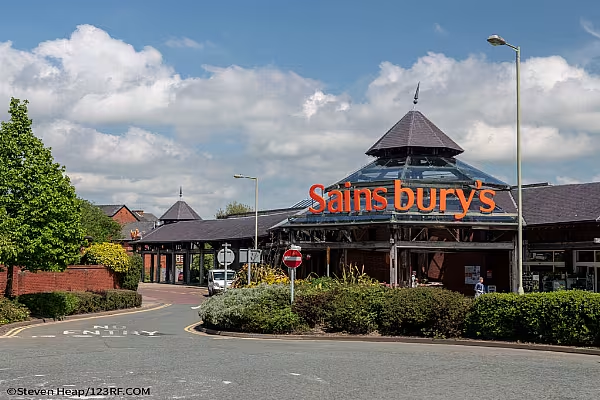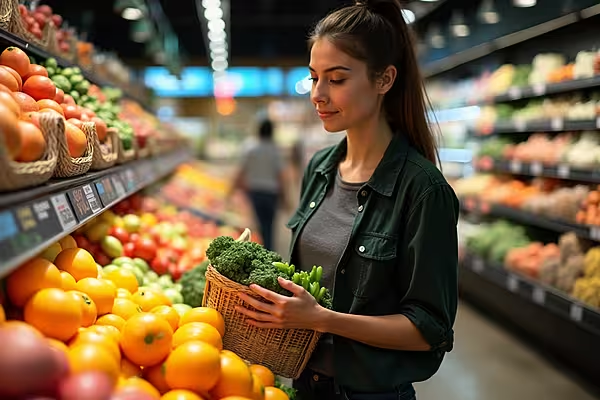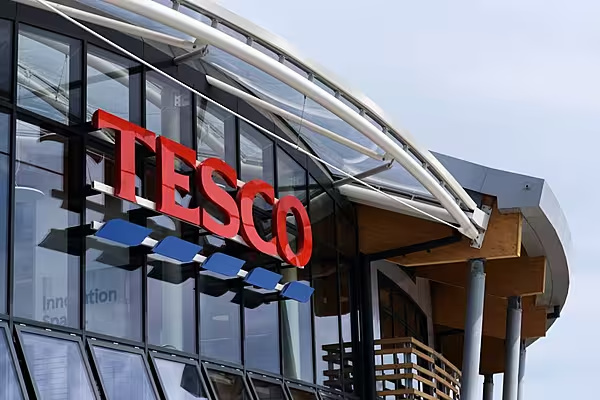Cash-strapped UK shoppers are buying more cheap frozen food to help cut waste and cope with 'unprecedented' soaring living costs, the boss of supermarket group Sainsbury's told Reuters.
Chief executive Simon Roberts said shoppers were "watching every penny and every pound", visiting stores more often but buying less on each trip, and using technology to monitor their spending to avoid "till shock" at the check-out.
"In many ways there is no playbook for what we're dealing with at the moment, these are unprecedented circumstances," said Roberts, a 30-year veteran of the UK retail sector who has run Britain's second-biggest supermarket since 2020.
Britain's cost-of-living crisis is worsening, with pessimism among households hitting record levels.
Wages are struggling to keep pace with inflation that reached an over 40-year high of 9.1% in May and is heading for double digits. Food inflation is predicted to hit 15% this summer and 20% early next year, according to some forecasts.
Crack Down On Waste
"There is some evidence of customers shopping (more) to own brand and also areas like frozen are increasing," Roberts said, on a tour of a Sainsbury's store in Richmond, south west London. "People are looking at making sure that they don't incur any waste."
He said people were buying "for now" only, and making sure they do not buy products they may not use.
Market researcher NielsenIQ said on Tuesday UK sales of frozen poultry jumped 12% year-on-year in the four weeks to 18 June.
Frozen food became popular in Britain in the 1970s and with prices often lower than fresh goods, it can return to fashion in times of economic hardship.
Roberts said Sainsbury's had recently revamped its frozen category.
Read More: British Shoppers Seek Cheaper Grocery Options As Inflation Bites: NielsenIQ
Market leader Tesco said earlier this month that shoppers were trading down to cheaper products.
Sainsbury's – like Tesco, No. 3 Asda and No. 4 Morrisons – has learnt valuable lessons from the 2008 financial crisis when higher prices enabled German-owned discounters Aldi and Lidl to eat into their market share.
"The lessons learnt are - you've got to be absolutely on it on value," said Roberts.
"When customers are concerned and anxious about conditions out there they've got to be confident in your availability, in your service, in your delivery and you've got to make sure that you innovate when you need to," he said.
"We've moved at speed to respond on all those things."
Price Match
Roberts said the public's perception of Sainsbury's value had improved after it matched the prices of 250, mainly fresh, items to those at Aldi, while another scheme covering 1,800, mainly branded, products holds prices for at least eight weeks. Its Nectar Prices scheme also provides personalised offers.
"The fundamental here is that we have brought prices down on the products customers buy most of," he said.
Sainsbury's, which has also revived its 'Feed Your Family for a Fiver' campaign that was first launched in 2008, says it is winning market share in terms of volume sold and that its overall prices are rising 1-2% less than the broader market.
To stay competitive, Sainsbury's is spending £500 million over the two years to March 2023 to keep a lid on prices, but that comes at a cost.
In April, it joined Tesco in warning of a drop in profit this year and its shares are down 23% so far in 2022.
Its guidance takes account of the major hike in energy bills that is due to arrive in October.
"Customers are going to be watching even more acutely how much they can afford to spend in the autumn and so we've got to be prepared for that," said Roberts.
He urged the government to do more to help, noting Sainsbury's pays almost as much tax on its properties as it makes in operating profit.
"If business rate reform was accelerated, that would take (out) further cost that we could reinvest in prices," he said.
Sainsbury's updates on first quarter trading next Tuesday.
News by Reuters, edited by ESM – your source for the latest retail news. Click subscribe to sign up to ESM: European Supermarket Magazine.













